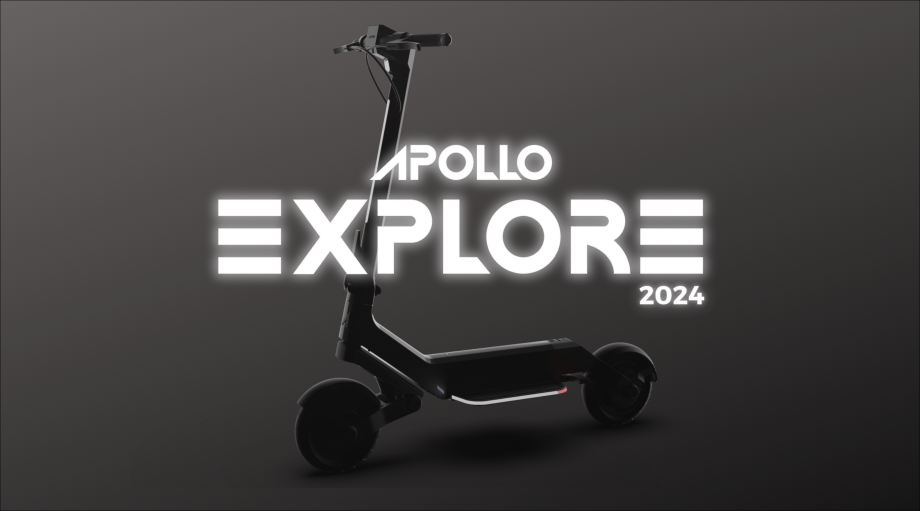Understanding eBike Classes and Their Meanings
Electric bikes, or e-bikes, have gained immense popularity in recent years, offering a sustainable and convenient mode of transportation. However, with the rise of e-bikes comes the need to understand the different classes and regulations that govern their use. In this article, we'll delve into the three main e-bike classes, their key differences, and what they mean for riders.
Class 1 Electric Bikes
Class 1 e-bikes are designed to provide pedal assistance only when the rider is actively pedaling. The electric motor cuts off assistance once the bike reaches a maximum speed of 20 miles per hour (mph). These bikes do not have a throttle, making them purely pedal-assisted.1,2
Key Features:
- Pedal Assistance: Yes
- Throttle: No
- Max Assisted Speed: 20 mph
- Speedometer Required: No
Class 1 e-bikes are often preferred for their eco-friendly nature and the ability to ride on bike paths and bike lanes shared with traditional, non-assisted bikes. They are popular choices for urban commuting, recreational riding, and even some off-road adventures.
Class 2 Electric Bikes
Class 2 e-bikes share the same maximum assisted speed of 20 mph as Class 1, but they come equipped with a throttle. This throttle allows the rider to operate the electric bike without pedaling, providing an extra boost of power when needed.2,3
Key Features:
- Pedal Assistance: Optional (may be throttle-only)
- Throttle: Yes
- Max Assisted Speed: 20 mph
- Speedometer Required: No
While Class 2 e-bikes can be ridden on the same paths as Class 1 bikes, it's important to note that the throttle feature may not be permitted on certain trails or bike lanes. Additionally, using the throttle can significantly increase battery consumption, reducing the overall range of the bike.
Class 3 Electric Bikes
Class 3 e-bikes are the most powerful and fastest in the classification system. These bikes provide pedal assistance up to a maximum speed of 28 mph, making them ideal for commuters who need to cover longer distances or keep up with urban traffic.3,4
Key Features:
- Pedal Assistance: Yes
- Throttle: Optional (up to 20 mph)
- Max Assisted Speed: 28 mph
- Speedometer Required: Yes
It's important to note that Class 3 e-bikes may have age restrictions in some areas due to their higher speed capabilities. Additionally, they may be subject to more regulations regarding where they can be ridden, as they can pose a higher risk to pedestrians and other cyclists.
Policies and Laws
While the e-bike classification system provides a general guideline, it's crucial to familiarize yourself with the specific laws and regulations in your local area. Some states or municipalities may have additional restrictions or requirements for certain e-bike classes, such as licensing, registration, or age limits.5
By understanding the different e-bike classes and their meanings, riders can make informed decisions when choosing an electric bike that suits their needs and complies with local regulations. Remember, responsible riding and adhering to the rules are essential for ensuring the safety of all road and trail users.


